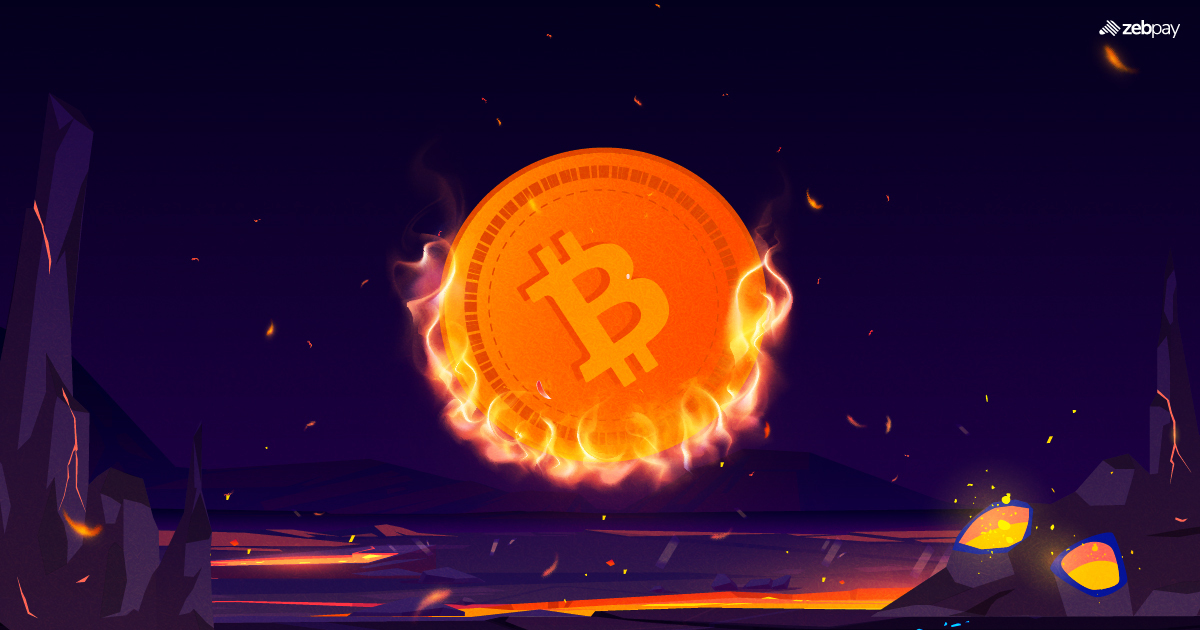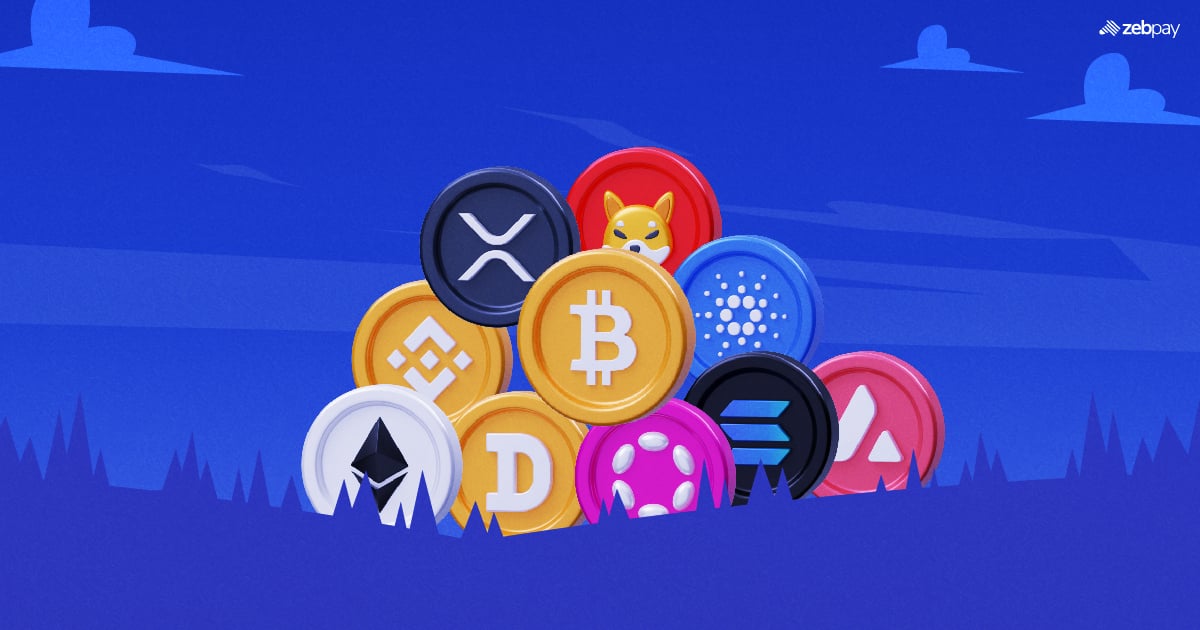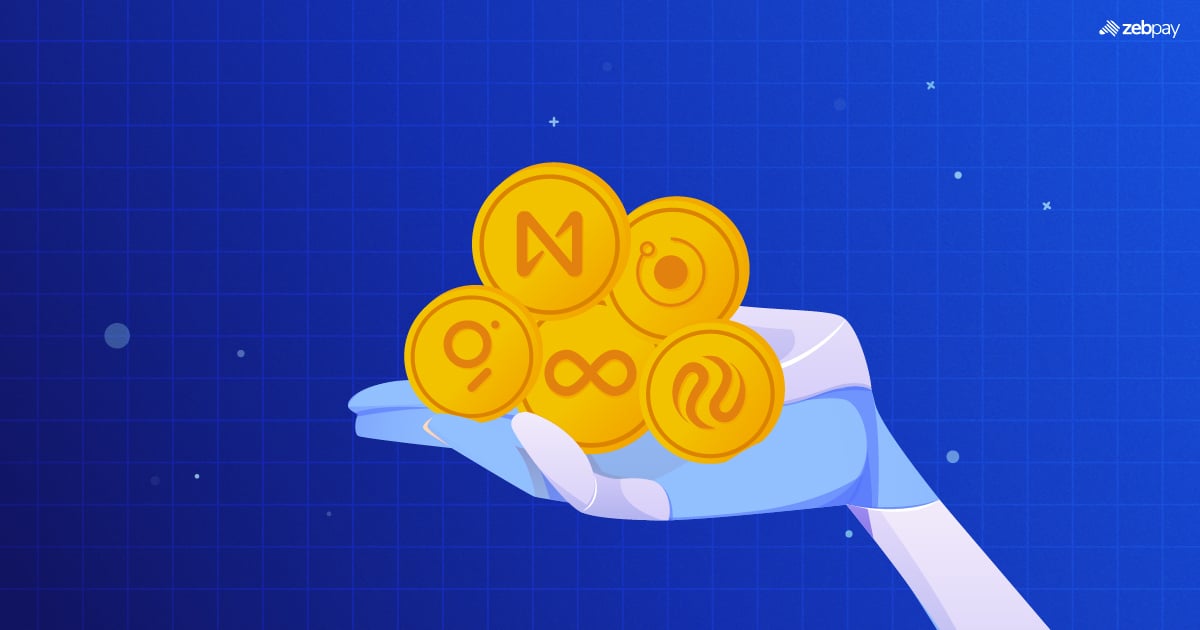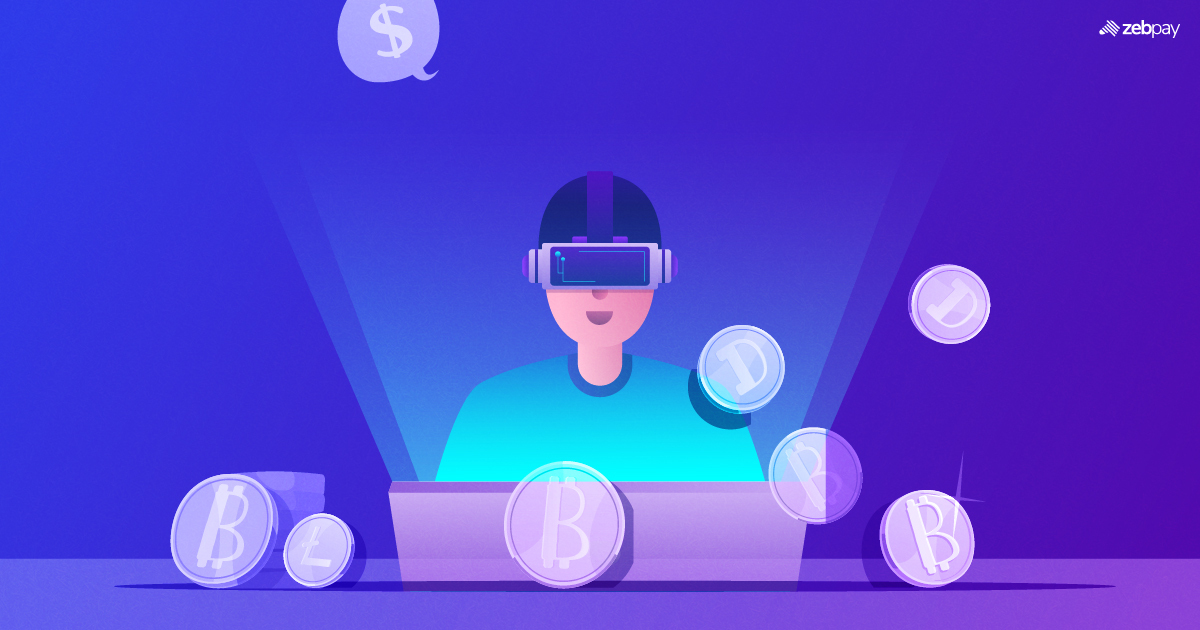Crypto tokens are of various kinds. Some have a finite supply and are synonymous with commodities like gold, for example, Bitcoin. Others like Ethereum have an infinite supply and enable Smart contracts. No matter what the nature of the token is, the availability of a token is a determining factor of the token value. This is where token burning comes into the picture. In this blog let us deep dive into what Token burning is and let’s discuss its merits and demerits.
What is a Token Burn?
The law of supply and demand is one of the most important axioms of economics. It states that the price of an asset is determined by supply and demand. Token burning is a technique used to increase the price of a crypto asset by controlling the supply. It involves sending crypto tokens to a wallet which does not have private keys. This wallet can only receive crypto. When tokens are sent to this wallet address they essentially become inaccessible. With the supply being reduced and the demand remaining constant, the price of the asset increases.
Read more: What Is A Crypto Wallet
Token burning is a community effort. When a community of holders burn a small number of tokens individually, it together becomes a large amount thereby positively impacting the price.
How Does Token Burn Work?
It is important to note that Tokens once burned are lost forever. Any user who wishes to burn tokens must double-check the amount being burnt and ensure that the tokens are being sent to a wallet without private keys. With that said let us dive into how Token burning works.
The central part of a token burning process is the Proof of Burn (POB) consensus mechanism. It verifies and validates each burn transaction and these transactions can be checked using the blockchain explorer. Similar to other consensus mechanisms, it is used to ensure there is no double spending or fraudulent transactions. It also allows miners to mine new coins as several miners are required to burn coins first to mine them.
Process of Token Burn

There are essentially two ways to burn tokens. Some ecosystems like the Binance coin have a burn function feature which is available to users. Users can avail this feature to burn their Binance Coins. Smart contracts check if the user has the required tokens to burn. These tokens are subtracted from the available tokens and are permanently destroyed.
The second and the most widely used way is to simply send tokens to a wallet without private keys. This cuts off the burnt tokens from circulation. Though the tokens are not “destroyed” in this case, they can never be retrieved either.
Examples of Token Burning
The technique of burning crypto has been used for multiple tokens. For example, Over 4 million bitcoins are estimated to have been lost or burned. Several other tokens such as Shiba Inu and Ethereum have also been burned.
BNB
Binance has an automated burn feature where a certain amount of tokens are burnt every quarter. The 21st BNB burn took place on October 13th,2022. The total number of BNB burned was 2,065,152.42 which was worth $574,800,583.92 at the time of burning. The transaction can be viewed here.
Ethereum
Ethereum’s transaction fee-burning mechanism removed 1.3 million ETH from the network’s circulation back in 2021. This was part of the EIP-1559 protocol which took the Ethereum network a step closer to Ethereum Merge.
Shiba Inu
Shiba Inu’s burn portal was introduced in 2022 which gives a chance for the community to burn tokens and let the token’s price react positively. Previously the SHIB community sent 50% of the entire coin supply to Vitalik Buterin who burnt close to 90% of the tokens which he received.
Pros and Cons of Token Burning
Pros
Maintaining the price
Supply being removed from circulation can send the price of the token upward. This can help the investors accrue more wealth
Building a robust community
Deflationary assets become rare over time. This makes it difficult for one to get a hold of these assets. The lack of supply always drives the community to show more interest in acquiring tokens.
Cons
Lost opportunities
Tokens burnt are lost forever. If a user decides to burn crypto tokens he/she should be prepared for the outcome that the price of the coin could increase in future.
A large number of tokens are needed to make an impact
For example, approximately 500 trillion Shiba Inu tokens worth $ 7 billion were burnt by Vitalik Buterin during Shiba Inu’s token burning process.
Read more: What Is Coin Burning
Conclusion
Token burn is a unique way to increase the price of a crypto asset. It works on the fundamental principle of the law of supply and demand. While there is no guarantee that Token burning will surely increase the price, one should always do a thorough analysis of previous burns made while considering burning a specific token. Users should exercise caution while sending tokens to addresses without private keys as once a token is burnt, it is lost forever.
FAQs on Token Burning
What is Token Burn?
Token burning is a technique used to increase the price of a crypto asset by controlling the supply. It involves sending crypto tokens to a wallet which does not have private keys. When tokens are sent to this wallet address they essentially become inaccessible. With the supply being reduced and the demand remaining constant, the price of the asset increases.
What are the different ways of Token Burning?
There are essentially two ways to burn tokens. Some ecosystems like the Binance coin have a burn function feature which is available to users. Users can avail this feature to burn their Binance Coins. The second and the most widely used way is to simply send tokens to a wallet without private keys.
Which Tokens have been burnt in the past?
There are many crypto tokens which have been burnt in the past. Some of the notable names include Bitcoin, Ethereum, BNB and Shiba Inu.
Experience the power of crypto trading with ZebPay.







